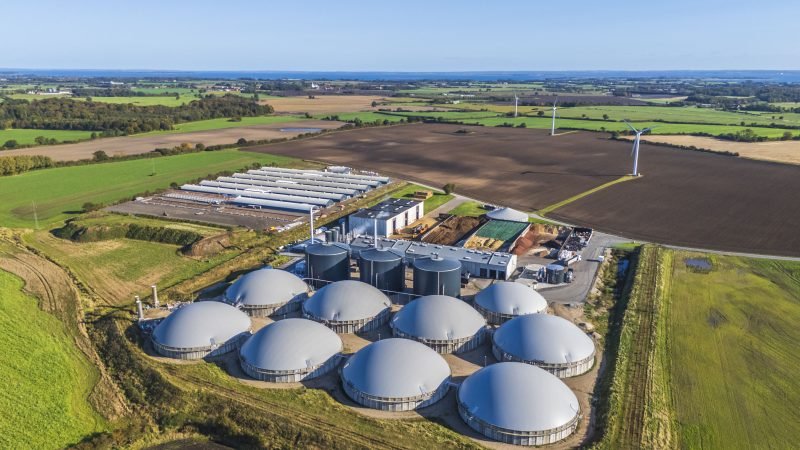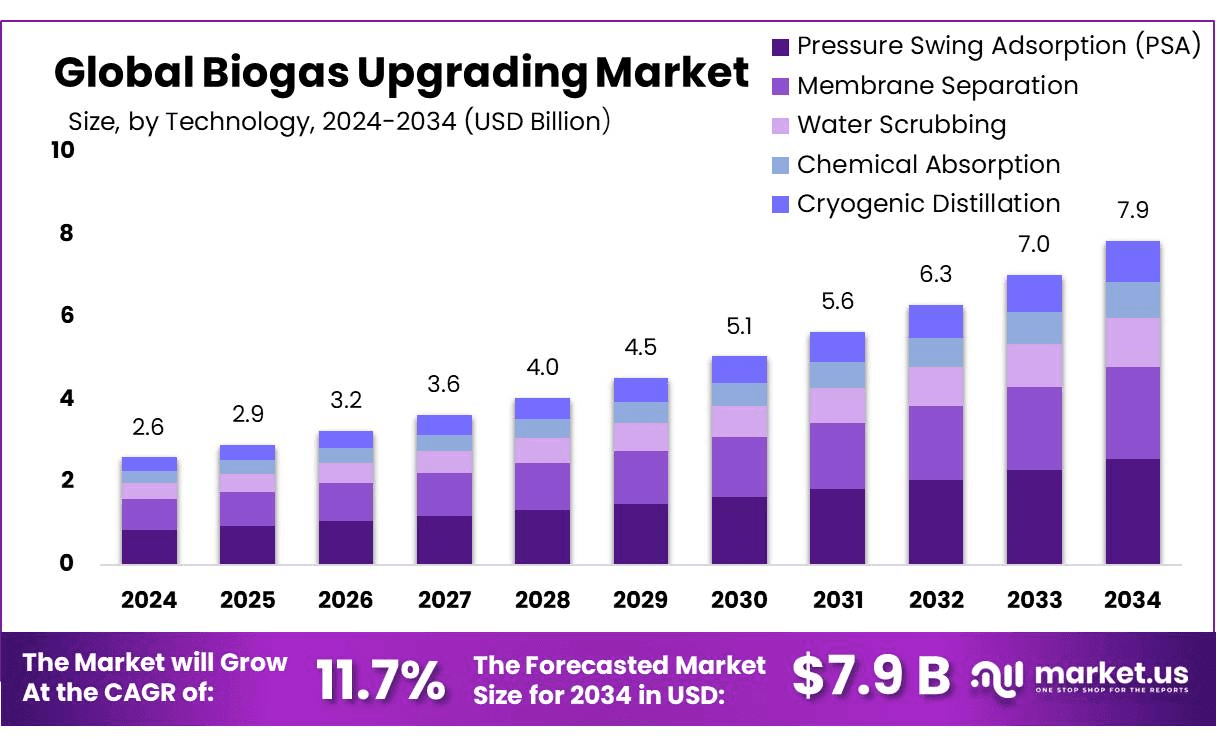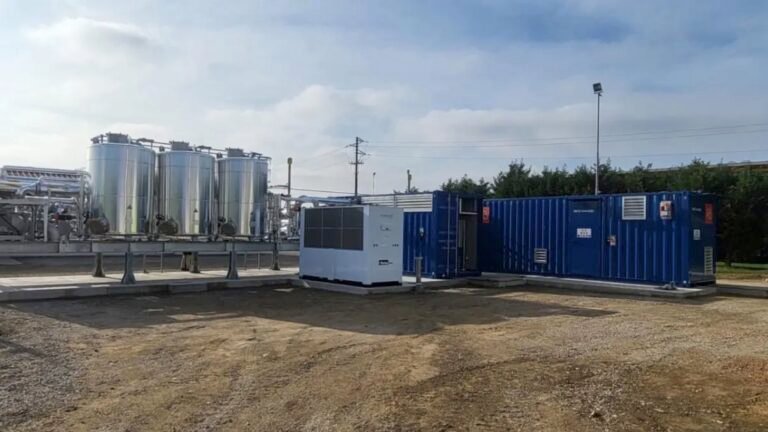Europe’s biomethane sector has seen its production capacity increase to 7 billion cubic meters (bcm) annually by the end of the first quarter of 2025, marking a 9% rise from the previous year. However, the pace of growth is beginning to decline, despite strong investor interest, which reached €28 billion this year, up €1 billion from 2024.
This situation raises concerns about the future of the sector, as the current momentum could fade without a robust policy framework. Stakeholders are calling for a clear strategy on biogases, including binding targets and rapid regulatory actions, in line with a recent proposal for a 2040 Roadmap. This call for action comes in the wake of the EU’s REPowerEU initiative, launched just three years ago, which aimed to produce 35 bcm of biomethane annually by 2030 as a response to the energy crisis exacerbated by geopolitical tensions and climate change.
As of mid-2025, Europe has 1,678 operational biomethane plants, with 165 new plants commencing operations between Q1 2024 and Q1 2025, according to the latest European Biomethane Map. France has taken the lead in production share, surpassing Germany by 21%. However, both the UK and Germany have experienced stagnation, primarily due to ongoing regulatory uncertainties. Meanwhile, Italy, the Netherlands, Denmark, and Sweden have also reported slower growth compared to other leading producers.
Despite these challenges, biomethane remains a strategic asset for Europe. It offers not only renewable energy but also contributes to the circular economy by transforming waste into usable energy and organic fertilizers. By 2050, biogases could potentially supply up to 150 bcm of energy, produce 177 million tons of organic fertilizer, and generate 120 million tons of biogenic CO₂.
The benefits of biomethane extend beyond energy production. Using digestate as an organic fertilizer reduces dependence on fossil inputs and enhances soil health, while capturing biogenic CO₂ can provide a sustainable alternative for various industrial applications. Thus, the role of biomethane is central to the EU’s Clean Industrial Deal and Bioeconomy Strategy.
However, the lack of decisive political action is hindering the sector’s progress. The technology is well-established, and more than 85% of biomethane plants are now connected to the grid. Yet, without bold measures, including binding targets, streamlined regulations, and support for full value chain utilization, Europe risks losing its lead in the global biomethane market. To ensure a stable future for biomethane production, political will and strategic planning are essential.




